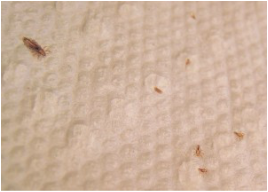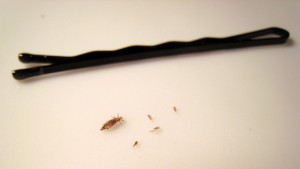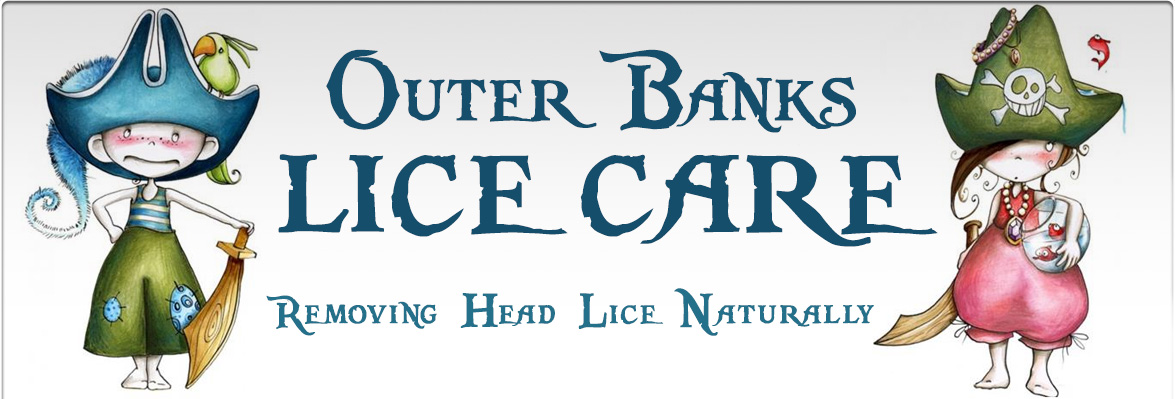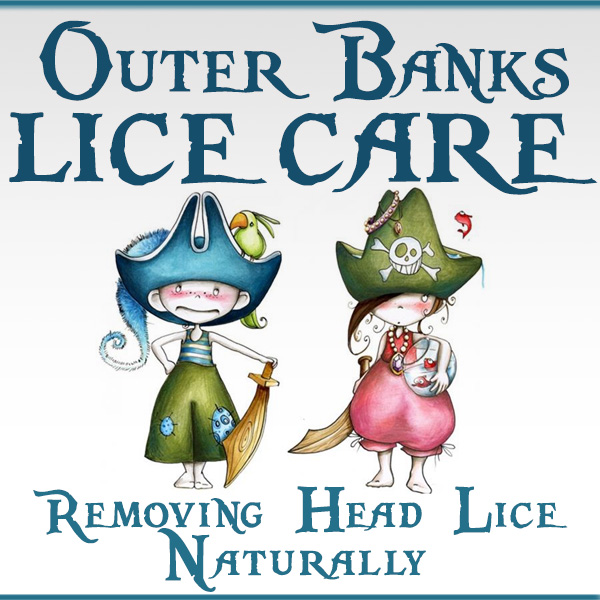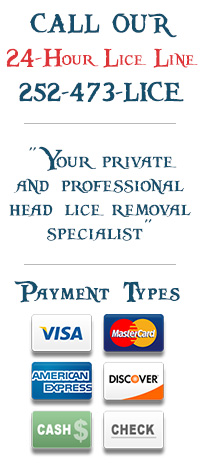Q. What are head lice?
Also called Pediculus humanus capitis, head lice are parasitic insects found on the heads of humans.
Q. What do head lice look like?
There are three forms of lice: the nit, nymph and the adult.
Also called Pediculus humanus capitis, head lice are parasitic insects found on the heads of humans.
Q. What do head lice look like?
There are three forms of lice: the nit, nymph and the adult.
- Nit: Nits are head lice eggs. They are hard to see and are often confused for dandruff. They are securely glued to the hair shaft. They are oval and yellowish in color. The nits take about one week to hatch.
- Nymph: The nit hatches into a baby louse called a nymph. The nymph must feed on a blood meal within 2 hours of birth to survive.
- Adult: The adult louse is the size of a sesame seed, has 6 legs and camouflages itself to match the hair color of its human host.
Q. How do people get head lice?
Head lice are spread through direct contact. Children are especially susceptible because they do not have much personal space between themselves and others. They often have head-to-head contact which is a perfect way to get it (see the photo above!) Sharing personal items such as brushes, hair clips and towels is another way to get lice.
Head lice are spread through direct contact. Children are especially susceptible because they do not have much personal space between themselves and others. They often have head-to-head contact which is a perfect way to get it (see the photo above!) Sharing personal items such as brushes, hair clips and towels is another way to get lice.
Q. Can lice jump or fly?
No, they do not have wings and are unable to fly or jump. They are crawling insects and can move up to 9 inches per minute! They have small hooks at the end of their legs which allow them to latch onto the hair follicles. They transfer from person to person through direct contact.
Q. Can my pet have head lice?
No, pets cannot have head lice. Pediculus Humanus the medical term for head lice, are a human problem. They evolved to latch onto human hair and feed on our blood.
No, they do not have wings and are unable to fly or jump. They are crawling insects and can move up to 9 inches per minute! They have small hooks at the end of their legs which allow them to latch onto the hair follicles. They transfer from person to person through direct contact.
Q. Can my pet have head lice?
No, pets cannot have head lice. Pediculus Humanus the medical term for head lice, are a human problem. They evolved to latch onto human hair and feed on our blood.
Q. Why are pedicullicide shampoos not working?
- Rid and other lice shampoos only kill adult lice and adolescent lice. These shampoos work by attacking the louse's nervous system. Because nymphs have not yet developed a central nervous system, they cannot be killed. In addition, lice shampoos cannot kill the nits. So, while you may kill the adult lice, their nits will remain, only to hatch a few days later, starting a vicious cycle. This is the reason why lice are difficult to eliminate!
- Lice shampoos contain toxic chemicals which can enter your bloodstream through the scalp. Through evolutionary processes, the adult lice are becoming resistant to the pesticides, rendering the lice shampoos ineffective. The only way to guarantee the complete removal of head lice is by hand picking each and every louse and nit. We provide this service!
Q. What is the life cycle of head lice?
Head lice can survive for approximately 30 days when attached to a human host. A female louse lays 3-5 nits per day. These eggs hatch in 7-10 days. It takes another 7-10 days for the immature nymphs to develop into adult lice, at which point they can lay their own eggs.
Q. Should all members of the family receive head checks if one member has lice?
Yes! Family members live in close quarters and if one member has lice, the odds are high that other members may have lice, too.
Q. Do lice leave a scent in the hair shaft?
Yes, even after removal from the hair, the lice leave a scent behind that attracts other lice. This process is evolutionary to the survival of the species. Shampooing does not remove the scent. The scent is not detectable to human beings. Lice find the scent of mint offensive, thus why the use of mint sprays as a lice repellent is advised.
Q. Can lice be prevented?
Wearing long hair in a bun or ponytail can prevent lice. Also, daily use of a mint/rosemary spray, will help stave off lice.
Yes! Family members live in close quarters and if one member has lice, the odds are high that other members may have lice, too.
Q. Do lice leave a scent in the hair shaft?
Yes, even after removal from the hair, the lice leave a scent behind that attracts other lice. This process is evolutionary to the survival of the species. Shampooing does not remove the scent. The scent is not detectable to human beings. Lice find the scent of mint offensive, thus why the use of mint sprays as a lice repellent is advised.
Q. Can lice be prevented?
Wearing long hair in a bun or ponytail can prevent lice. Also, daily use of a mint/rosemary spray, will help stave off lice.
Images of lice from baby nymphs to adults
